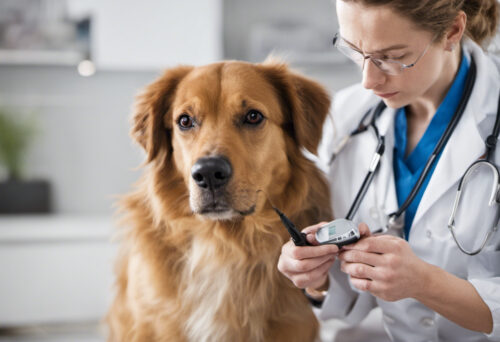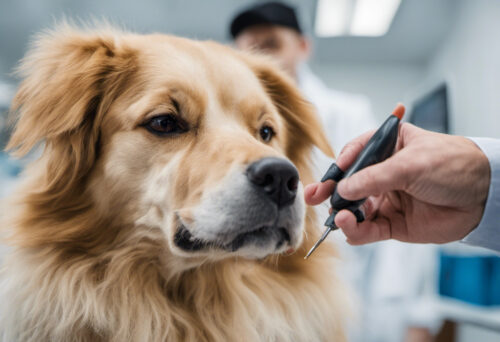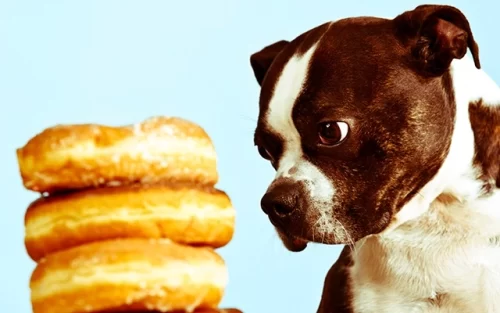Humans aren’t the only ones who can be affected by diabetes. A similar condition can develop in our beloved dogs, too! Watching out for the symptoms of canine diabetes can make all the difference. As a responsible dog owner, you need to be aware of the signs of diabetes in dogs to ensure they receive appropriate treatment promptly, should the need arise. In this article, we’re going to delve into the realms of canine diabetes, its symptoms, and how to best handle this health condition.

Understanding Canine Diabetes
Like human diabetes, canine diabetes is a chronic and complex disease that disrupts the way your dog’s body regulates glucose. There are two types of diabetes that can affect dogs:
Type 1 Diabetes
Type 1 Diabetes originates from the dog’s body not producing enough insulin. This type of diabetes is the most common form found in dogs and is, unfortunately, not preventable.
Type 2 Diabetes
Type 2 Diabetes is uncommon in dogs and usually occurs in older, overweight dogs. It develops when the dog’s body becomes resistant to insulin or fails to produce enough. Unlike Type 1, you can help prevent Type 2 diabetes through a healthy diet and regular exercise.

Recognizing the Symptoms of Diabetes in Dogs
Early detection of diabetes can help in controlling the disease, thereby giving your pup a long, healthy life. Some symptoms of diabetes in dogs include: excessive thirst, increased urination, weight loss despite regular eating, increased appetite, cloudy eyes, and a dull, dry coat. It’s crucial to note that these symptoms might also point to other health concerns, so consulting a vet is vital. Let’s take a deep dive into each of these symptoms and why they occur.
Excessive Thirst and Increased Urination
As in humans, frequent urination and excessive thirst are indicative signs of diabetes in dogs. Sugar-laden urine pulls water from the body, which results in your pup drinking more to compensate for the lost hydration.
Weight Loss Despite Regular Eating
Dogs with diabetes are unable to convert glucose into energy. Instead, their bodies start breaking down stored fats for energy, leading to weight loss even though they might be consuming their regular meals.

Management and Treatment of Canine Diabetes
Dog owners should not panic if their pet has been diagnosed with diabetes. Canine diabetes management often involves a combination of a balanced diet, regular exercise, and insulin therapy. Pet parents could best manage their furry friend’s diabetic condition with regular vet consultations and by maintaining a diligent medication regime. You can learn detailed management strategies for diabetic dogs on this VCA Hospital’s resource.
Watching out for early symptoms, maintaining a healthy lifestyle, and having regular veterinarian consultations will go a long way in managing your pet’s condition. Remember, early detection is key, and there is no love like dog love – let’s show these furry companions we love them just as much!



